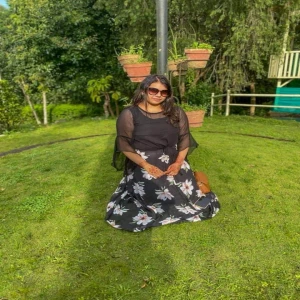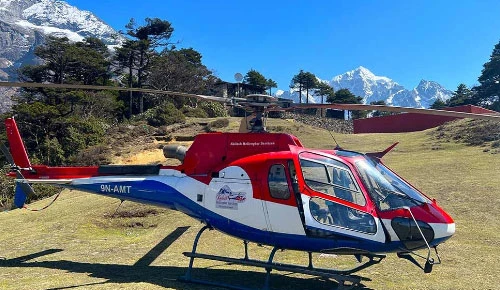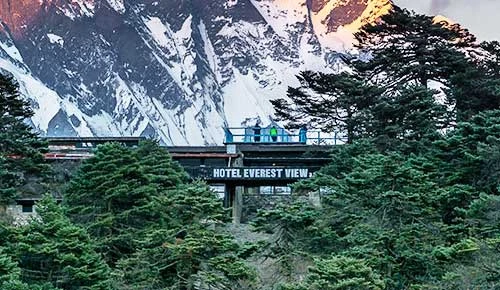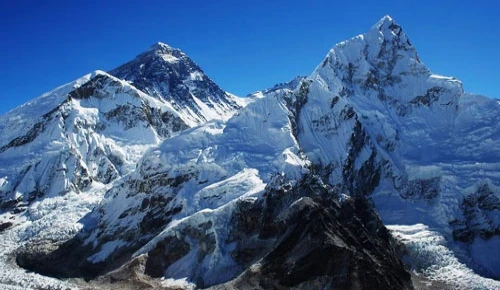Choosing the Right Sleeping Bag for Trek to EBC
Everest Base Camp Trek offers adventurers a truly "once in a lifetime" journey. It signifies embracing a unique perspective on life and breaking free from the chaos of daily routines. Whether or not you reach the summit of Mount Everest, the trek allows you to embody the essence of a true conqueror.
The journey reads like a fascinating novel, interweaving breathtaking views, cultural exchanges with Sherpa tribes, and the physical and psychological difficulties of hiking at high altitudes.
It's more than simply a trip; it's a life-changing adventure that permanently alters your spirit and gives you a fresh perspective on the mountains and your inner power.
Table of Contents
Sleeping bags for the trek
When trekking to Everest Base Camp, having a comfortable sleeping bag is essential for staying warm and getting a good night's sleep.
It might become very chilly at night during your walk, especially in the high mountain regions. If it fits your budget, a sleeping bag filled with duck or goose down is highly recommended.
While there are excellent, more affordable synthetic alternatives available, nothing quite compares to the insulating properties of duck and goose down.
Sleeping Bags Rating
Season and comfort are the two main categories for sleeping bags.
The comfort rating of a sleeping bag indicates to the user what temperature a typical person will find too warm, comfortable, or suitable for them to survive in.
As each person experiences colds differently, you should only use these ratings as a general reference. Invest in a warmer bag if you are someone who is typically more sensitive to the cold. Cooling down sleeping bags is usually simpler than warming up.
Sleeping Bag Comfort Ratings
- Upper Limit: This is the greatest temperature at which the typical individual can sleep through the night without overheating.
- Comfort: The ideal temperature for an adult to sleep comfortably at night
- Lower Limit: the temperature at which a typical adult can comfortably curl up and sleep for the night.
- Extreme: This is the highest temperature at which a typical adult can endure. Be mindful of this rating, and always make sure you are well inside it if you are sleeping in extremely cold or hot conditions.
Sleeping Bag Season Ratings
The purpose of the season rating is to recommend the ideal time of year for a sleeping bag. There are five seasons; a 1-season bag is appropriate for summertime, and a 5-season bag is meant for really cold weather.
- 1 Season Sleeping Bag: Perfect for evenings in the summer when the temperature is usually higher than 5°C.
- 2-Season Sleeping Bag: Ideal for chilly nights in the spring or summer, when temperatures range from 0 to 5 degrees Celsius
- 3-Season Sleeping Bag: This sleeping bag works well anywhere between 0°C and -5°C.
- 4-Season Sleeping Bag: Ideal for wintertime, when lows of -10°C are common.
- 5-Season Sleeping Bag: During severe expeditions, these sleeping bags are intended to withstand temperatures as low as -40°C.
Factors to consider
Here are some of the factors that you need to consider before choosing a perfect sleeping bag:
Temperature Rating
Select a sleeping bag whose temperature rating is appropriate for the predicted weather. There can be bitterly cold evenings on the Everest Base Camp Trek, particularly at higher elevations.
To make sure you stay warm even on the coldest nights, get a sleeping bag certified for below-freezing temperatures.
Seasonal Rating
It is usually advised to have a 4-season sleeping bag for the trek. These backpacks are made to withstand tough, cold weather. If you trek during the warmer months, a high-quality 3-season sleeping bag with a lower temperature rating can still be suitable.
Down Insulation
This offers great insulation, high compressibility, and a good warmth-to-weight ratio. But when it gets wet, it loses its insulating qualities, thus maintenance is necessary.
Synthetic Insulation
More cost-effective, dries more quickly than down, and keeps some insulation while wet. Although synthetic bags are heavier than down bags, they could be a suitable choice if you anticipate rainy weather.
Weight and Packability
Particularly if you want to carry the sleeping bag on the trek, take into account its weight and compressibility. Down sleeping bags are lightweight and easy to compress, so hikers and backpackers tend to like them.
Size and Fit
Make sure the sleeping bag has just enough space for you to move about comfortably without going overboard and necessitating additional heating. A bag that fits properly will hold heat better.
Summit Slumber: Choosing the Perfect Sleeping Bag for Your Everest Adventure
For any journey, but particularly one as strenuous as your Trek to Everest Base Camp, selecting the appropriate sleeping bag is essential.
To make sure you're well-prepared for the difficult nights, take into account variables like temperature ratings, weight, and insulation type. If you choose a good sleeping bag, you'll be able to enjoy the amazing Himalayan scenery rather than just tolerate it.








